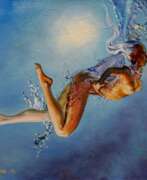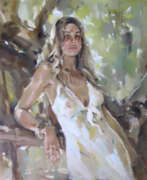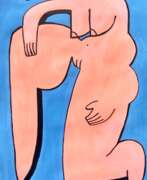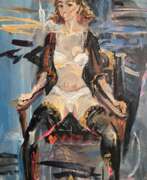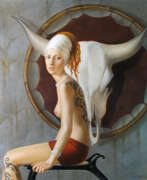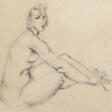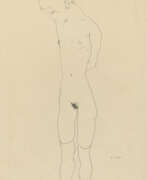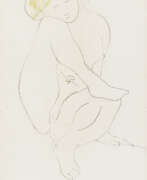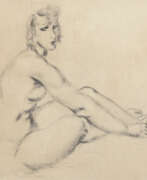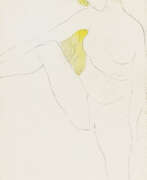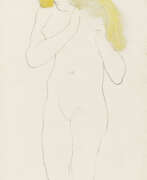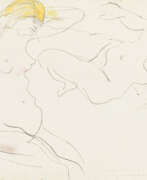Nude art
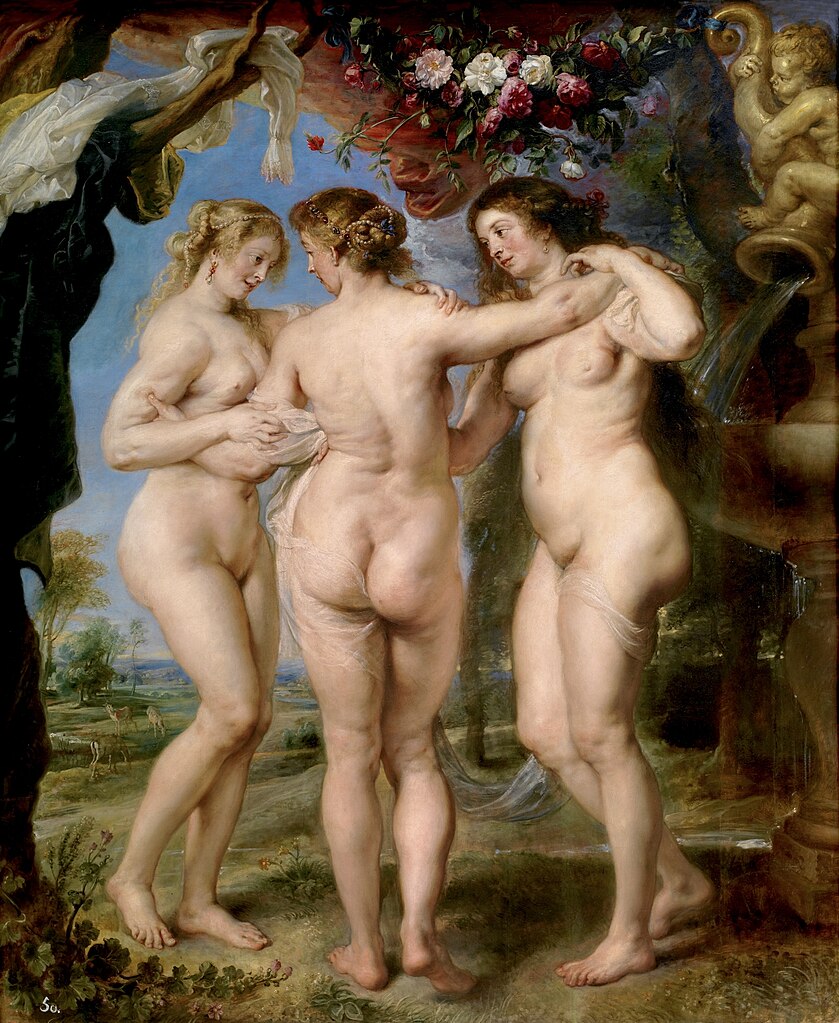
Nude art
Nude art, a genre that has been an integral part of the artistic landscape since ancient times, focuses on the depiction of the unclothed human body. With its roots in ancient civilizations like Egypt and Mesopotamia, nude art has historically linked the human form with nature and the divine. In Egyptian art, nudity was portrayed naturally in scenes ranging from court festivities to daily life, often in a stylized manner. The Greeks and Romans furthered this tradition, idealizing the human form to represent beauty, health, and harmony.
The Renaissance reinvigorated the nude genre with artists like Michelangelo and Titian, who combined classical idealism with newfound realism and expression. This period saw the nude not only as a study of anatomy but also as a means to express humanistic and philosophical ideas. The Baroque era continued this trend, with artists such as Peter Paul Rubens celebrating the human body with a more dynamic and dramatic approach.
In modern and contemporary art, the appeal of the nude remains strong, despite the decline of classical standards. Artists like Renoir, Degas, and Balthus portrayed more naturalistic and personal forms of nudity, moving away from idealization to candid representations of private life. This shift reflects the evolving societal attitudes towards the human body and sexuality.
The depiction of nudity in art is a nuanced subject, blending aesthetics, culture, and morality. Art historian Kenneth Clark noted that the nude should arouse some level of erotic feeling in the viewer, yet great art maintains a balance between eroticism and artistic expression. The distinction between nudity as art and as obscenity has been a topic of debate, particularly in public settings and mainstream culture.
For collectors and experts in art and antiques, understanding the complex history and nuances of nude art is essential. Sign up for updates on the latest developments, exhibitions, and sales related to this fascinating genre.
| Country: | America, Asia, Europe |
|---|

